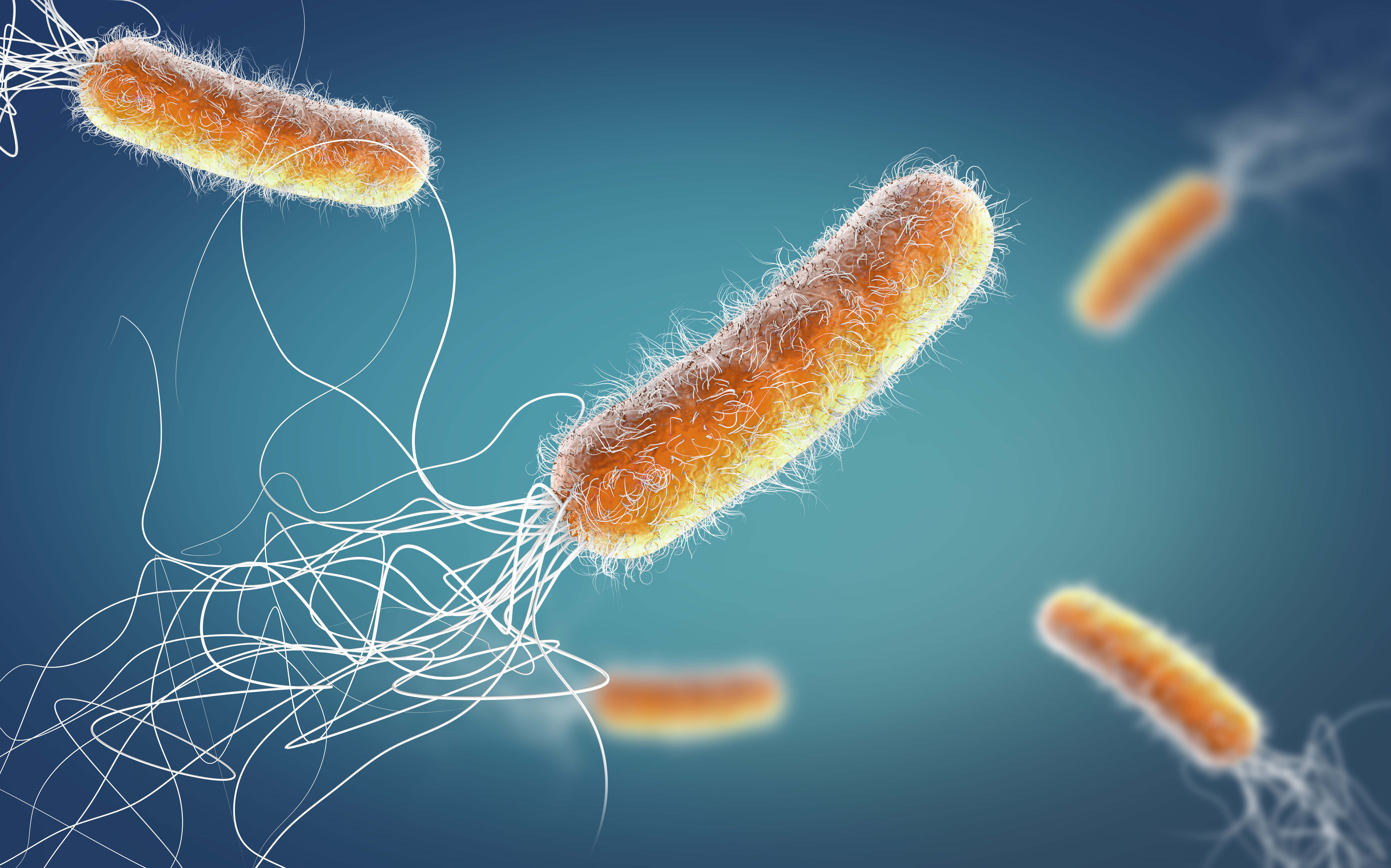How does Pseudomonas Aeruginosa Affect the Pharmaceutical Industry?
What is Pseudomonas aeruginosa?
What is Pseudomonas aeruginosa?
Pseudomonas aeruginosa is a gram negative, rod-shaped bacterium found widely in the environment, such as in soil, water, and plants. They usually do not cause infections in healthy people, but if they do, it is generally mild. It can cause disease in plants and animals, including humans. A species of considerable medical importance, P. aeruginosa is a multidrug resistant pathogen recognized for its intrinsically advanced antibiotic resistance mechanisms and its association with serious illnesses, including hospital-acquired infections such as ventilator-associated pneumonia and various sepsis syndromes.
This article gives an overview of:
● The Pseudomonas aeruginosa
● How Pseudomonas aeruginosa is transmitted
● How Pseudomonas aeruginosa can be detected, prevented and controlled
● The risks of Pseudomonas aeruginosa for patients
● Treating Pseudomonas aeruginosa
● Industries affected by Pseudomonas aeruginosa
● bioMérieux’s products and solutions for detecting and preventing Pseudomonas aeruginosa
Prevention, Detection and Treatment
How is the Pseudomonas aeruginosa transmitted?
Pseudomonas aeruginosa bacteria spread in hospitals via the hands of healthcare workers, or by hospital equipment that is not properly cleaned. A Pseudomonas aeruginosa infection is considered an opportunistic infection, meaning that the organism only causes disease when a person's immune system is already impaired.
How can Pseudomonas aeruginosa be detected, prevented and controlled?
Pseudomonas aeruginosa is primarily diagnosed through blood cultures. Keeping a healthy lifestyle is one of the main keys in protecting an individual from being burdened by the microorganism. Good hygiene, proper nutrition, and careful antibiotic use prevent a Pseudomonas aeruginosa infection.
How can the presence of Pseudomonas aeruginosa be detected in pharmaceutical
products?
Contamination of pharmaceuticals with microorganisms, irrespective of whether they are harmful or nonpathogenic, can bring about changes in the chemical characteristics of medicines. The presence of Pseudomonas aeruginosa can be identified through various
microbiological testing methods.
How can Pseudomonas aeruginosa be controlled in the pharmaceutical industry?
Industry control guidelines provide recommendations on how best to effectively control the presence of Pseudomonas aeruginosa. The list of recommendations provided includes:
● Procedures to assure adequate quality of incoming materials.
● Sanitary design, maintenance and cleaning of equipment.
● Production and storage time limitations.
● Monitoring of environmental conditions.
● Providing appropriate product specifications (tests, methods, and acceptance criteria) in applications submitted to the regulatory bodies for new drug applications.
● Where appropriate, additional laboratory tests to determine if products are suitable for release.
● Ensuring that the methods used to test finished drug products prior to release for distribution are appropriately validated, accurate, sensitive, specific and reproducible.
● Testing in-process materials during the production process (e.g., at commencement or completion of significant phases, or after storage for long periods).
● Using valid in-process specifications to ensure that the drug product will meet its final specification, including the criteria for absence of microbial contamination.
● Investigating any failure to meet specifications, including other batches of the same drug product and other drug products that may have been associated with the specific failure or discrepancy.
● Implementing appropriate corrective and follow-up actions to prevent recurrence.
What are the risks of Pseudomonas aeruginosa to the patient?
Healthy people usually have at low risk of infection. People who already have a weakened immune system because of another illness or condition are at a higher risk of infection. This is especially true for people who are hospitalized for an extended period of time.
What is the treatment for Pseudomonas aeruginosa contamination?
Pseudomonas infections are treated with antibiotics. Unfortunately, many Pseudomonas infections are becoming more difficult to treat due to antibiotic resistance.
Key Elements
● Pseudomonas aeruginosa have a good resistance to antibiotics and common disinfectants.
● Pseudomonas aeruginosa can be found in the environment, in soil, coastal areas, plant/animal tissues.
● Pseudomonas aeruginosa is commonly associated with biofilm formation.
● Pseudomonas aeruginosa is an opportunistic pathogen.
What common industries are affected by Pseudomonas aeruginosa?
Pseudomonas aeruginosa affects the following industries:
● Non-sterile Pharma & Personal Care
● Compounding and Hospital Pharmacy Solutions
● Alternative & Cellular Therapies Solutions
bioMérieux Solutions
CULTURE MEDIA
Culture can be used for cells and microorganisms sample growth in laboratories. Reliable culture media solutions are an important part of microbiology testing, safeguarding pharmaceutical products from contamination whilst helping to protect patients and contributing to public health in general.
BIOBALL® Standardized Strains
BIOBALL was developed as a water soluble solution for growth promotion testing, sterility assurance testing and antimicrobial effectiveness testing. They come with a variety of adaptable solutions that enhance pathogen detection speed and accuracy.
IDENTIFICATION
Our pathogen identification range includes solutions such as API®, VITEK® MS, VITEK® 2 COMPACT, and VITEK® EXPRESS which are rapid identification methods. Thank to state of the art technology, precise results can be achieved in minutes.
DETECTION
SCANRDI® and BACTALERT® are pathogen detection solutions for the pharmaceutical industry. They greatly increase the operational efficiency, both for faster release and in-process control purposes, from raw material to finished product. Above all, this contributes increasing patient safety by getting an early access to the therapy




